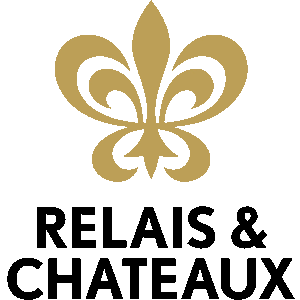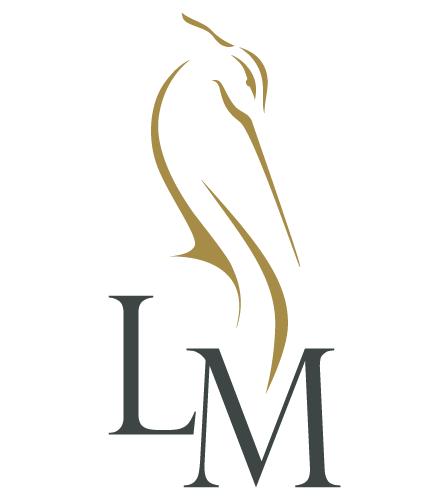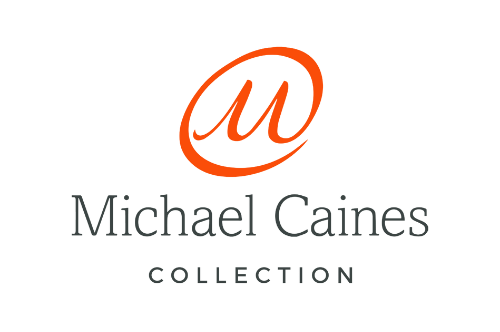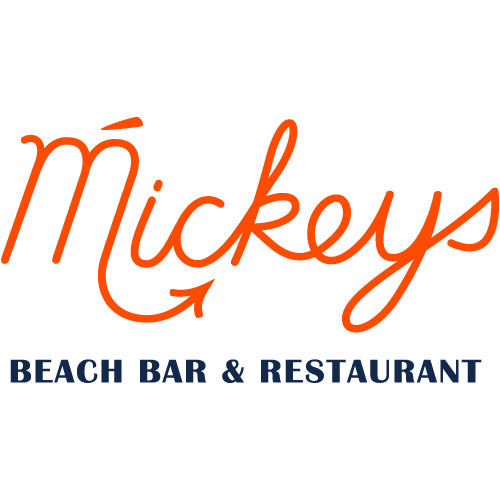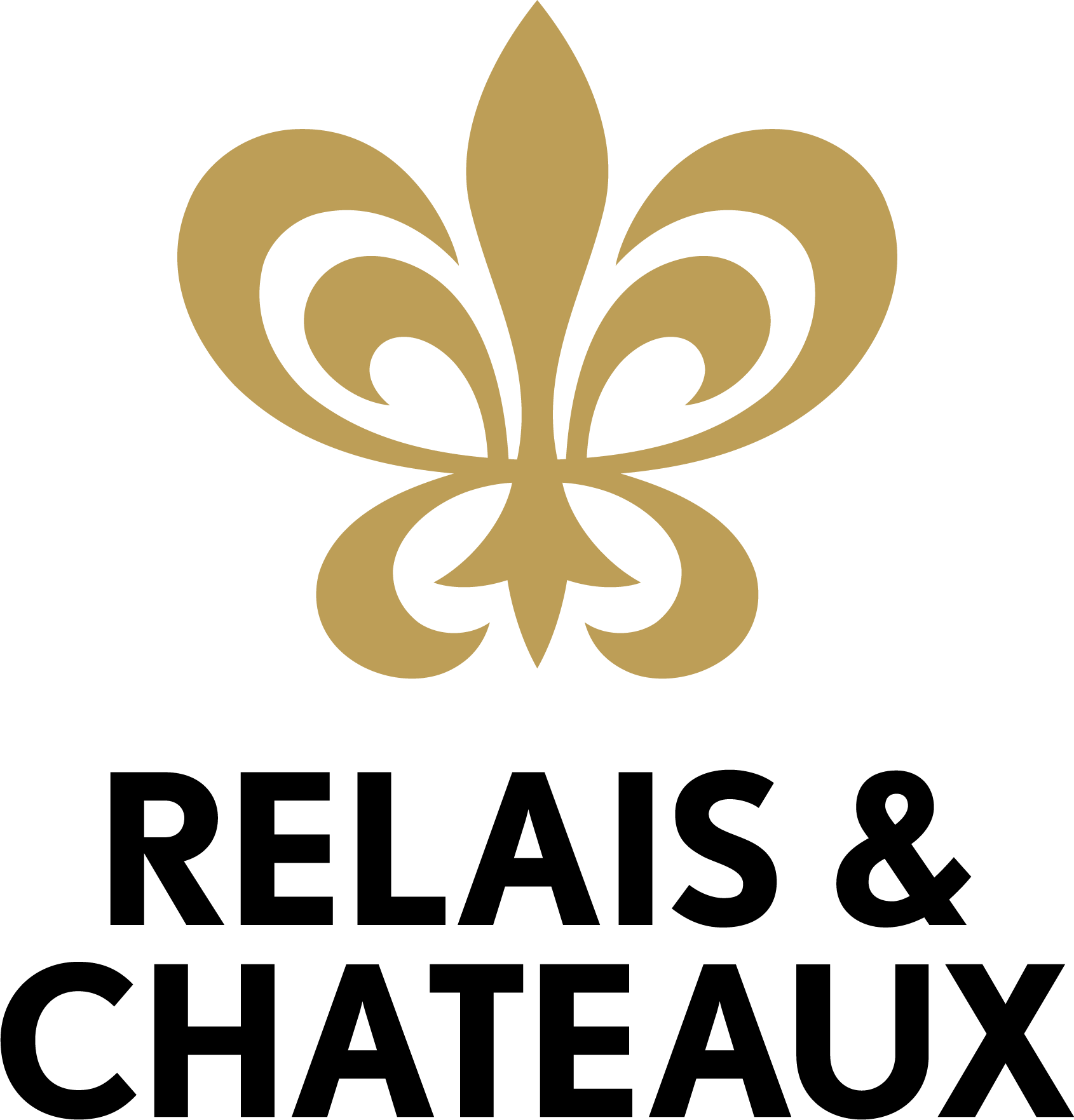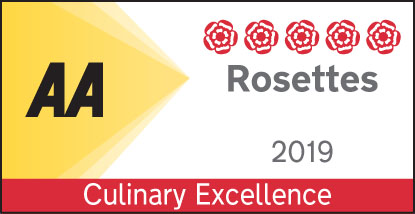By Marc Millon.
What is dosage? For producers of traditional method sparkling wine, it is a process that takes place after dégorgement (the removal of the bottle sediment) when the block of frozen wine-and-sediment that has been expelled is replaced with either the same wine or with a mixture of wine and small amounts of sugar. When no sugar is included in the top-up, the wine can be called ‘zero dosage’, ‘pas dosé’, or ‘brut nature’. The degree of sugar added determines the category of sparkling wine: for example, a wine labelled ‘Brut’ can contain up to 12g of sugar per litre; a demi-sec by contrast can contain between 32-50g per litre. Each producer determines the level of dosage that their wines require, one way that an individual house style is created.
Following on from the incredible success of Lympstone Manor Estate’s first wine release, Triassic Pinot Noir 2020 (Gold Medal and Trophy for Best Red English Wine at the International Wine Challenge), the release of Lympstone Manor Classic Cuvée from the 2020 vintage is now eagerly awaited. This premium sparkling wine has been patiently ageing and maturing on its bottle sediment or lees since the wine was assembled in Spring 2021. Maturation in the bottle allows the wine to undergo autolysis, resulting in the development of complex and attractive tertiary aromas that only come through secondary fermentation in the bottle followed by lengthy ageing. This process is now complete, and the task now is to decide on the degree of dosage to give to the finished wine, a critical decision as this will determine the Lympstone Manor Classic Cuvée house style.
Though Michael, Steve Edwards (LM’s Operations Director), and Lyme Bay winemakers James Lambert and Sarah Massey have been deliberating and tasting samples with varying degrees of dosage over the past months, Michael felt it was essential to get some feedback from outside of the Lympstone Manor bubble. He thus invited a select group of acclaimed wine writers, communicators, and expert tasters to Lympstone Manor to assist in this process: Lisa Riley (Decanter), Susy Atkins (Sunday Telegraph, Saturday Kitchen), Douglas Blyde (Drinks Business), Brad Horne (Winetime London), Chris Boling (Canopy IWC), Emma Henderson (freelance), Liv Shepherd (Sauce Communications), plus myself Marc Millon (wine, food and travel author, Italian Wine Ambassador, and LM Editorial Director), Michael, Steve, and of course James and Sarah from Lyme Bay Winery.
Sarah and James had prepared six different samples of the same wine but all with different dosages. Michael explained the style of sparkling wine that he is looking to create, a wine that will be enjoyed by visitors on arrival at Lympstone Manor as well as for an aperitif with canapés. We were all to taste all the samples and score our favourite three wines. This was a fascinating exercise that even some of very experienced and expert tasters had never done before. Thus, we all tasted, the results were collated, and everyone said what their preferences were and why. Sarah Massey then explained that the differences between each wine were miniscule, ranging from 0 (or pas dosage) to just 9g per litre, so all well within the Brut category. Yet these subtle differences resulted in wines that were completely different expressions and personalities of the Lympstone Manor terroir. A consensus was reached for a style of wine that both brought out the rich fruit of the wine while at the same time maintaining the racy backbone of acidity that makes English sparkling wine so exhilarating and fresh.
Tasting completed, results noted, and thus work done, Michael and his team then treated all to a very special English Wine Dinner in the Lympstone Manor Mamhead dining room, an evening that showcased not only Michael’s beautifully elegant and delicious cuisine based on seasonal produce and ingredients from the West Country larder but also which showed the depth and range of styles of English wines that are being produced today from all around the country. It was a fabulous dinner with a tasting menu that offered a range of flavours, textures and ingredients that were matched with wines from Nyetimber, Stopham, Swanaford, Lyme Bay, Balfour, Lympstone Manor Estate, and Hattingley Valley. My two stand-out dishes and wines were Anise roasted Cornish sea bass, sarladaise potatoes, olive tapenade, saffron braised onion, bouillabaisse accompanied by Martin’s Lane Chardonnay 2020 from the Lyme Bay Winery (this extraordinary barrel-fermented Chardonnay wine has the depth and complexity of a grand cru Meursault) and Pigeon pithivier, celeriac and truffle purée, salt baked celeriac, truffle and Madeira jus, partnered with Lympstone Manor’s own award-winning Triassic Pinot Noir 2020 (the crunchy fruit pairing beautifully with the pigeon and Madeira truffle jus).
The dinner demonstrated that English wine has well and truly arrived and can proudly take its place at the top tables of the finest cuisines. These are exciting days certainly, for English wine producers, and for all at Lympstone Manor. Michael is extremely proud that Lympstone Manor is possibly the only Relais & Chateaux country house hotel in the UK with Michelin-star dining that is producing its own award-winning wines. Lympstone Manor Classic Cuvée will be released in October, 2023 during the Lympstone Manor Harvest Festival.
